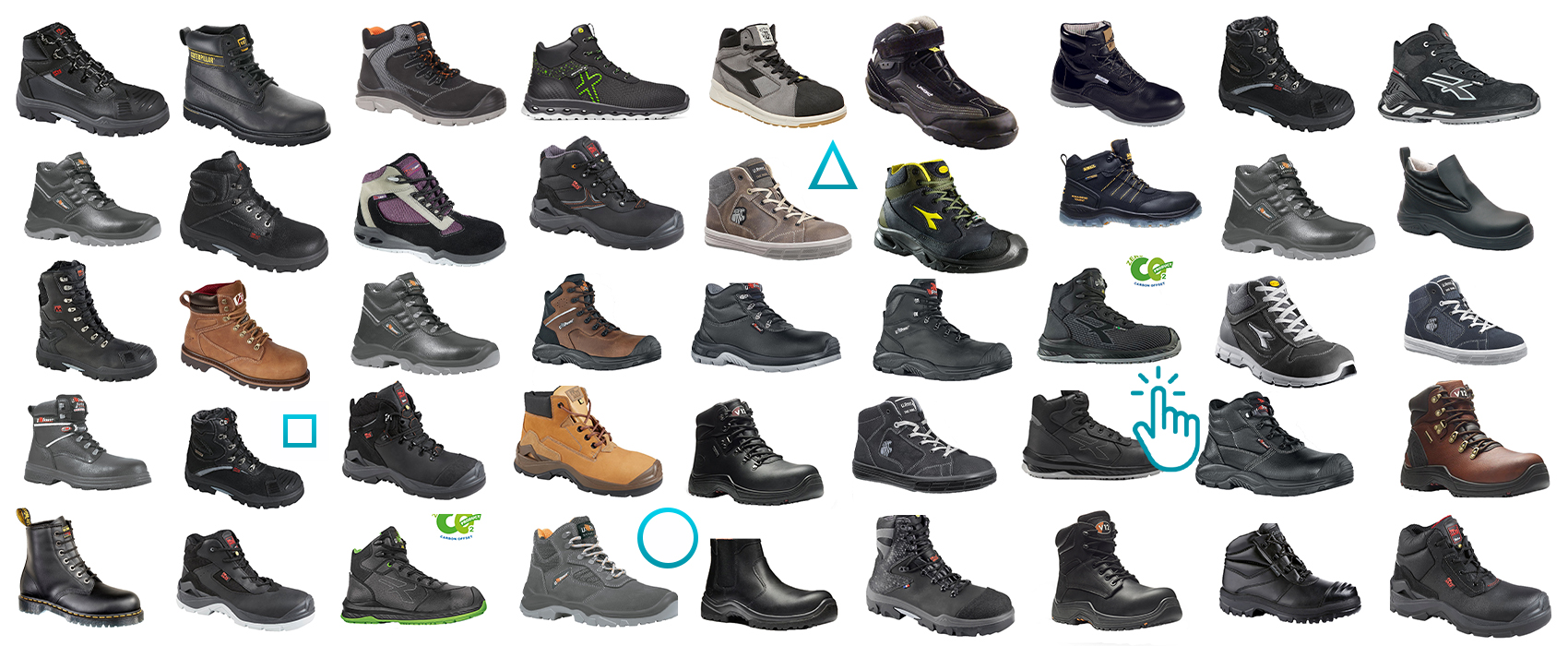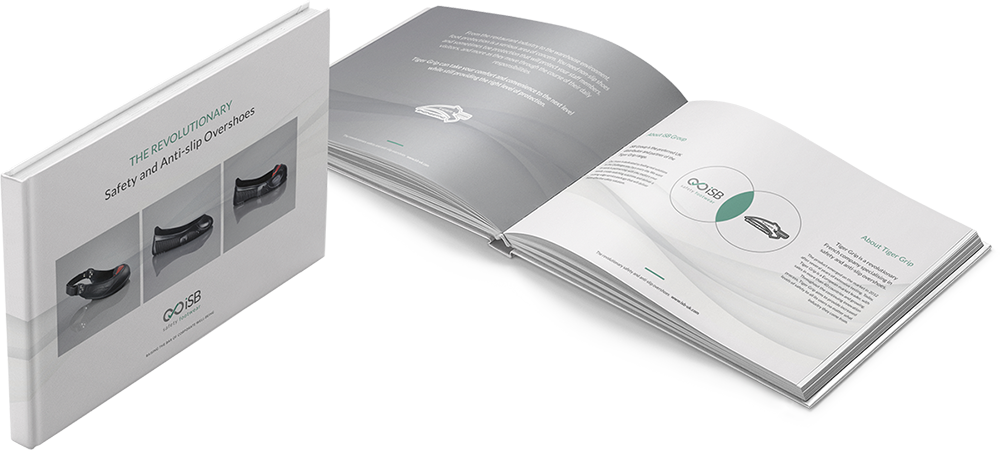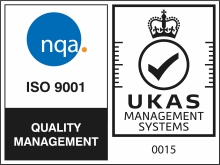
The pros and cons of leather safety boots
Leather safety boots have been a popular choice for workers across a wide range of industries for many years.
But, when it comes to choosing the right safety boots for your workplace, how do you know if leather is the best choice for your needs?
In this blog, we delve into the pros and cons of leather safety boots and explore the alternative materials you might want to consider…
Leather safety boots: The pros
One of the most popular materials used in safety boot manufacture, leather has several advantages that may make it a good choice for your workplace.
These include:
- The ‘classic’ look – The traditional choice, leather safety boots provide a classic look that will never go out of style. Synonymous with durability and toughness, wearing leather footwear may make workers feel more confident and professional at work.
- Long-lasting strength – Leather is a strong, incredibly durable material that will withstand a variety of workplace hazards, making it a versatile choice for safety footwear worn in many work environments.
- It’s a natural material – Leather is biodegradable, making it a more sustainable choice than some synthetic materials. The fact it is a natural material also means it is breathable, allowing air to circulate around the feet during wear, keeping them cool and comfortable while helping to prevent odour and fungal infections.
- It’s easy to care for – Leather safety boots are easy to clean and maintain. Simply wipe them over with a damp cloth and mild soap, and apply leather conditioner or waterproofing spray on a regular basis.
- It can be waterproofed – Where added protection is needed for those working in wet or muddy work environments, leather safety boots may be specially treated to be waterproof, ensuring workers’ feet stay dry and comfortable all day long.
Leather safety boots: The disadvantages
For many people, leather safety boots may represent the ideal choice for their workplace, however there are also some disadvantages to choosing leather that are worth considering.
These include:
- It is heavy – Many alternative materials used in modern safety boots are lighter than leather, the weight of which may make leather safety boots uncomfortable to wear for extended periods of time.
- It can be expensive – Leather safety boots can be more expensive than those made from alternative materials.
- Ethical considerations – With the growth of veganism, not all of your employees may be happy to wear safety boots made from an animal-derived material such as leather. When planning to make such a purchase, check with your staff that you won’t be inadvertently asking them to compromise on their beliefs.
Leather safety boots: The alternatives
If leather safety boots don’t meet your needs, there are lots of other alternative materials out there that are increasingly being used alone or in combination to make high quality safety boots.
These include:
- Synthetics – Synthetic materials like nylon and mesh are lightweight and breathable.
- Composites – Combining materials such as Kevlar, carbon fibre and plastic can achieve a safety boot that is both lightweight and strong, offering the same level of protection as a steel toe cap boot but being more comfortable to wear.
- Rubber – Rubber offers excellent slip resistance and protection against water and other liquids.
- PVC – Durable and waterproof, PVC safety boots are often used by industrial or agricultural workers.
Are leather safety boots right for you?
Leather safety boots may be the right choice for workers in many industries, but the decision on whether to purchase them or not should depend on the specific hazards of your workplace and the level of protection your employees require.
Find out more: Read our blog on what you need to know to choose the right safety footwear for your team.
If you need any help, our team of experts will be happy to talk you through the available options and help you determine the best fit for your individual circumstances.
You might also like

Are you wearing your safety boots properly?


















